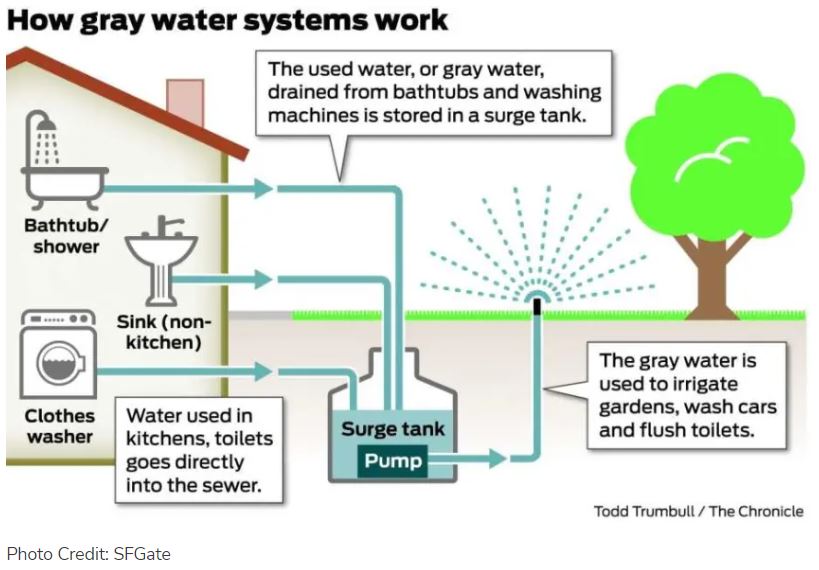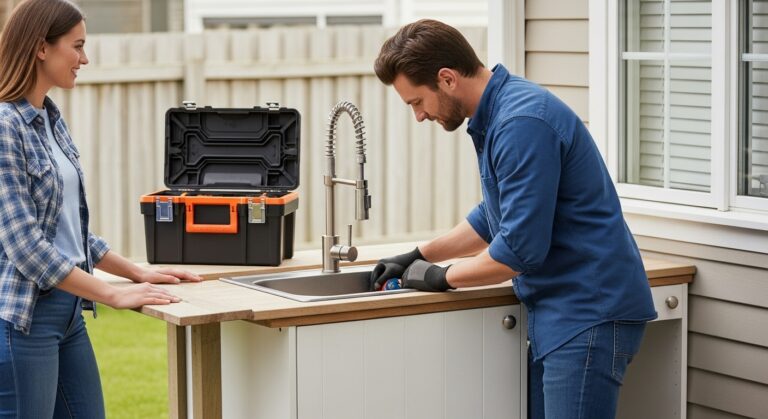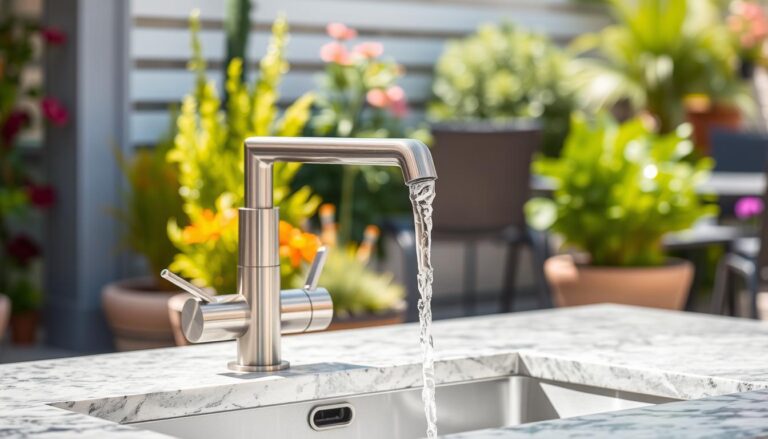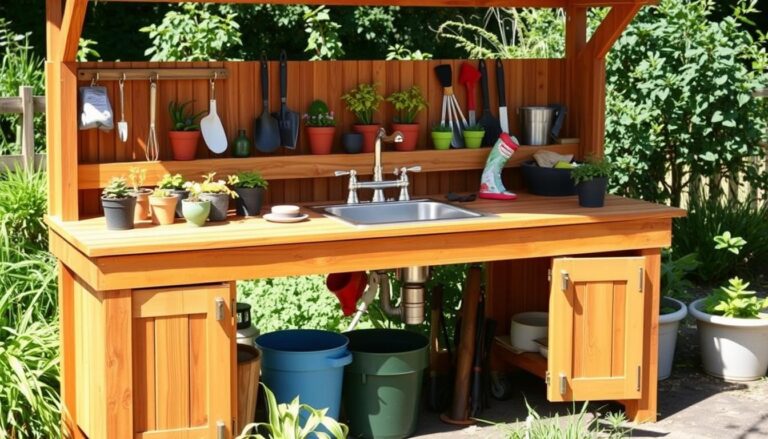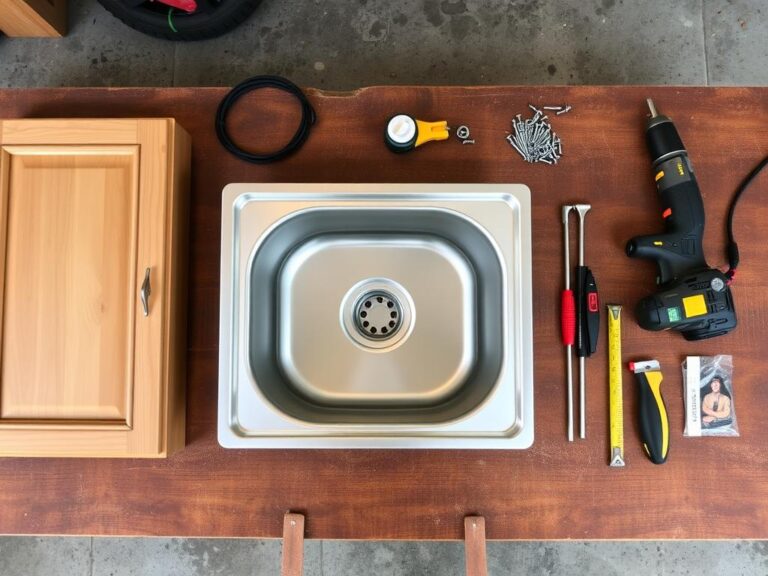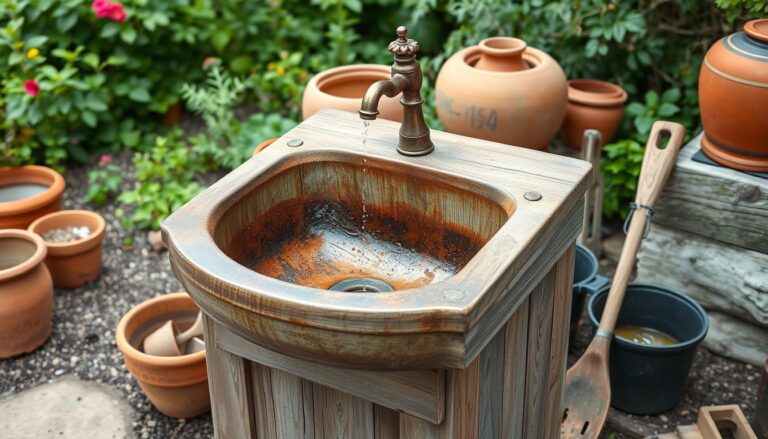How to Set Up a Greywater System for Your Outdoor Sink- in 5 Easy Steps

Introduction
If you’re building or upgrading an outdoor sink station, adding a greywater system is one of the smartest, most eco-friendly choices you can make. It’s not just about conserving water—it’s about using it wisely. Whether you’re rinsing veggies in your garden sink or washing up after a backyard barbecue at your outdoor kitchen sink, a greywater system lets you reuse that water to nourish your plants and landscape.
Let’s walk through how to set up a greywater system for your outdoor sink, step by step. You don’t need to be a plumber or a contractor—just some basic tools, planning, and a little elbow grease
What is Greywater?
Greywater is gently used water from sinks, showers, and laundry—basically, water that has been used but doesn’t contain serious contaminants like sewage (which would be blackwater). In an outdoor context, greywater from your garden sink or outdoor kitchen sink can be directed to irrigate your lawn, trees, or garden beds, rather than being wasted down the drain.
Benefits of a Greywater System
1. Water Conservation
- Save thousands of gallons of water annually by reusing it.
- Ideal for drought-prone areas or areas with water restrictions.
2. Sustainability
- Supports a self-sufficient outdoor kitchen or gardening setup.
- Reduces strain on municipal water systems.
3. Cost-Effective
- Lowers your water bill over time
- Simple systems are cheap and easy to build.
4. Healthy Landscaping
- Greywater can hydrate plants if you use eco-friendly soaps.
- Helps keep your garden green even during dry spells
Step-by-Step Guide to Setting Up a Greywater System for an Outdoor Sink
Step 1: Plan Your Layout
Start by identifying:
- The location of your outdoor sink or outdoor sink station
- The closest garden beds or areas where you want to divert water
- The natural slope of your yard (gravity helps with drainage)
Step 2: Choose the Right Sink and Materials
Selecting the right sink and material is very important.. Recommended Materials:
- Stainless steel outdoor kitchen sink or weatherproof garden sink
- PVC or flexible hose (1.5″ – 2″ diameter)
- Gravel or mulch for filtration
- 5-gallon bucket or small drum (optional, for catchment)
- T-connector and shut-off valve (for flexibility)
Step 3: Install the Drain Line
- Disconnect from sewer line (if applicable):
- Route the drain line from your sink to a separate greywater outlet.
- Attach PVC or hose:
- Use a T-connector and valve to switch between sewer and greywater modes when needed.
- Slope the pipe downhill:
- Ensure there’s a slight downward gradient so water flows naturally.
- Optional filtration:
- Create a simple gravel pit or install a mesh screen to catch food particles or grease.
Step 4: Disperse the Water
There are two main options for dispersal:
A) Mulch Basin
- Dig a shallow pit near trees or shrubs
- Fill with mulch or gravel
- Lay the pipe so that water exits into the basin
B) Subsurface Drip Line
- Bury perforated tubing a few inches underground
- Distribute water directly to the plant roots
- Avoid in edible root crops unless using a filtration system, as greywater may contain trace contaminants.
Step 5: Test and Maintain
- Run the sink and observe the water flow
- Check for leaks or clogs
- Clean filters and basins every few weeks.
- Maintenance is minimal, but regular checks will extend the life of your system and keep your garden sink setup functioning smoothly.
Legal and Safety Considerations
- Check local codes: Some municipalities have rules about greywater systems.
- Use non-toxic products: Avoid bleach, antibacterial soaps, and harsh detergents.
- Label your system: If others use the sink, make sure they know it’s connected to a greywater setup.
Creative Ideas for Outdoor Greywater Use
1. Water a Herb Garden
Place your herb bed just downhill from the outdoor sink station.
2. Hydrate Raised Planters
Route water to a series of raised beds with a drip line.
3. Feed a Living Wall
Build a vertical garden and direct water through it using perforated tubing.
Common Mistakes to Avoid
- Using toxic soaps or cleaners
- Failing to slope pipes properly
- Not filtering food scraps
- Overwatering one area (disperse evenly)
Conclusion: Reuse Wisely, Garden Sustainably
Setting up a greywater system for your outdoor sink is a practical, affordable, and eco-conscious upgrade. It makes your outdoor kitchen sink more than just a rinse station—it becomes a smart part of your sustainable lifestyle. Whether you’re a casual gardener or a weekend griller, redirecting water from your outdoor sink station to your landscape is a win-win.
Ready to take the plunge? Reclaim your water, reduce waste, and let your backyard do more with every drop.

